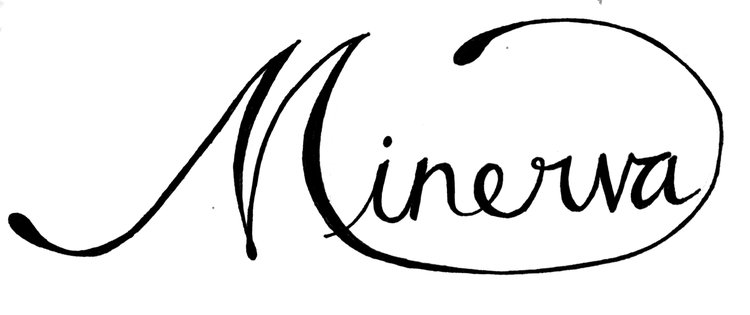How & Why
My guitarmaking philosophy is directly informed by my years in the Violin World. Violin makers have had a 300+ year head start on figuring out the methods by which a person can make the most musically effective wooden box and how to maintain these instruments over long periods of time. While the guitar factories of the 20th century made wonderful instruments that still inspire me, they were quick to adopt new technologies and methods to increase product stability and production numbers. These guitars are a “product” in a way that is truly distinct from a handmade luthier constructed instrument.
My aim is to take classic 20th century steel string guitar designs and build them the way a traditional Violin or Classical Guitar maker would, ensuring the finest possible tone and playability and an instrument that with proper care and repair should outlive the maker and player several times over.
There are a couple major distinctions to this idea:
French Polished Spirit Varnish Finish
Spirit varnish has been the standard finish for violins and classical guitars since the first days of these instruments. Despite the development of many chemical “advances” in wood finishing, there is no finish quite like French Polished Spirit Varnish.
I make my own varnish from scratch with natural resins, grain alcohol, and and a touch of oil. I build the varnish with a brush and then French Polish the film to a deep, soft shine unlike any other finish. Varnish becomes a part of the wood and has just the right thickness, flexibility, and look for a fine musical instrument. It is wonderful to the touch and smells great too! Most importantly, I believe this finish to be the best sounding one can apply. This is why Violin and Classical Guitar makers have never gone over to modern chemical finishes.
The main reason so few people have had the chance to hear a steel string guitar finished in a natural resin spirit varnish is that of durability. A varnished instrument takes marks from handling and playing more easily than the buyers of factory made guitars have grown accustomed. But in a world where folks pay extra to have their instrument “reliced” (similar to the “antiquing” that’s been going on with Violins for hundreds of years), I see this as another positive attribute of Varnish. A varnished instrument wears in like a pair of jeans or good boots and takes on the personality of its player in a way that artificial relicing never could. A Minerva Guitar is only really finished when the marks made by my hands while building are connected to the marks made by your hands while making music.
Hot Hide Glue
Hot Hide Glue is used for every wood to wood joint in a Minerva Guitar. Some folks swear hide glue makes for a better sounding instrument and I reckon they are probably right. Hot hide glue is the historical standard for fine woodworking (2000+ years) and is still the best choice for musical instruments.
Hide Glue is extraordinarily strong yet quite brittle allowing an instrument to hold together for 100+ years, and still be willing to be gently taken apart when repairs are necessary. With any other glue you must remove the glue contaminated layer of wood to make a new joint. Hot Hide Glue is the only glue that sticks to itself and can be reactivated in an old joint. Violin makers can reglue seams with no new glue: just a hot knife and hot water to reactivate the old glue and a clamp to close it.
As Minerva Guitars are made with only Hot Hide Glue, should any wood to wood joint require disassembly in the future, repairs can be performed more easily and conservatively with Hide Glue, ensuring the long life of the instrument.
Hand Tools
The power tools in my shop are limited to technologies 100 years or older. The “newest” tool is the plunge router which, as best as I can tell, was patented in the 1920’s. Power tools are useful for roughing out wood into the basic shape of parts, but the final carve of every part of my guitars is shaped with blade tools. Very little sanding is necessary for instruments made this way and the lack of dust is a major positive attribute for me. The French violin makers of Mirecourt are reputed to need only a violin maker’s knife to complete a whole instrument and this is the ideal I strive for. I believe every factor comes together in the sound of a finished instrument and while I mainly work this way because it is much more enjoyable to me than cranking out basically finished parts on a computer controlled milling machine, I believe you can hear something extra when you play a guitar whittled by hand with a knife.
What All This Means:
As you might imagine, all of this means that I am attempting to make a living building guitars in the most inefficient way possible. I am currently working six days a week to produce 9-10 instruments a year. This quixotic method is obviously not going to produce the kind of guitars that you can find off the rack at your local guitar store and is not intended to. I do deeply believe in making instruments this way and hope you will see, hear, and feel the difference.

